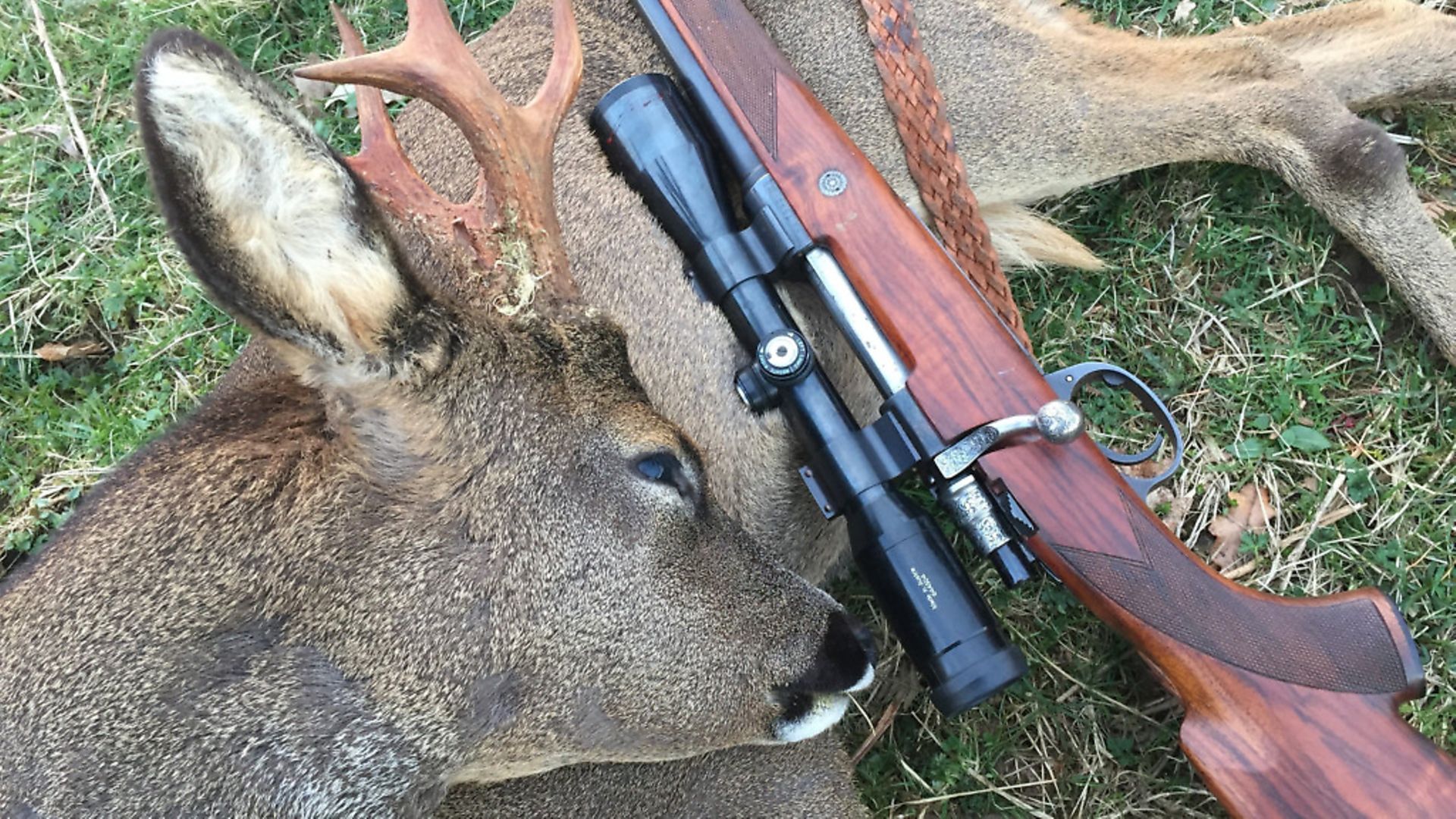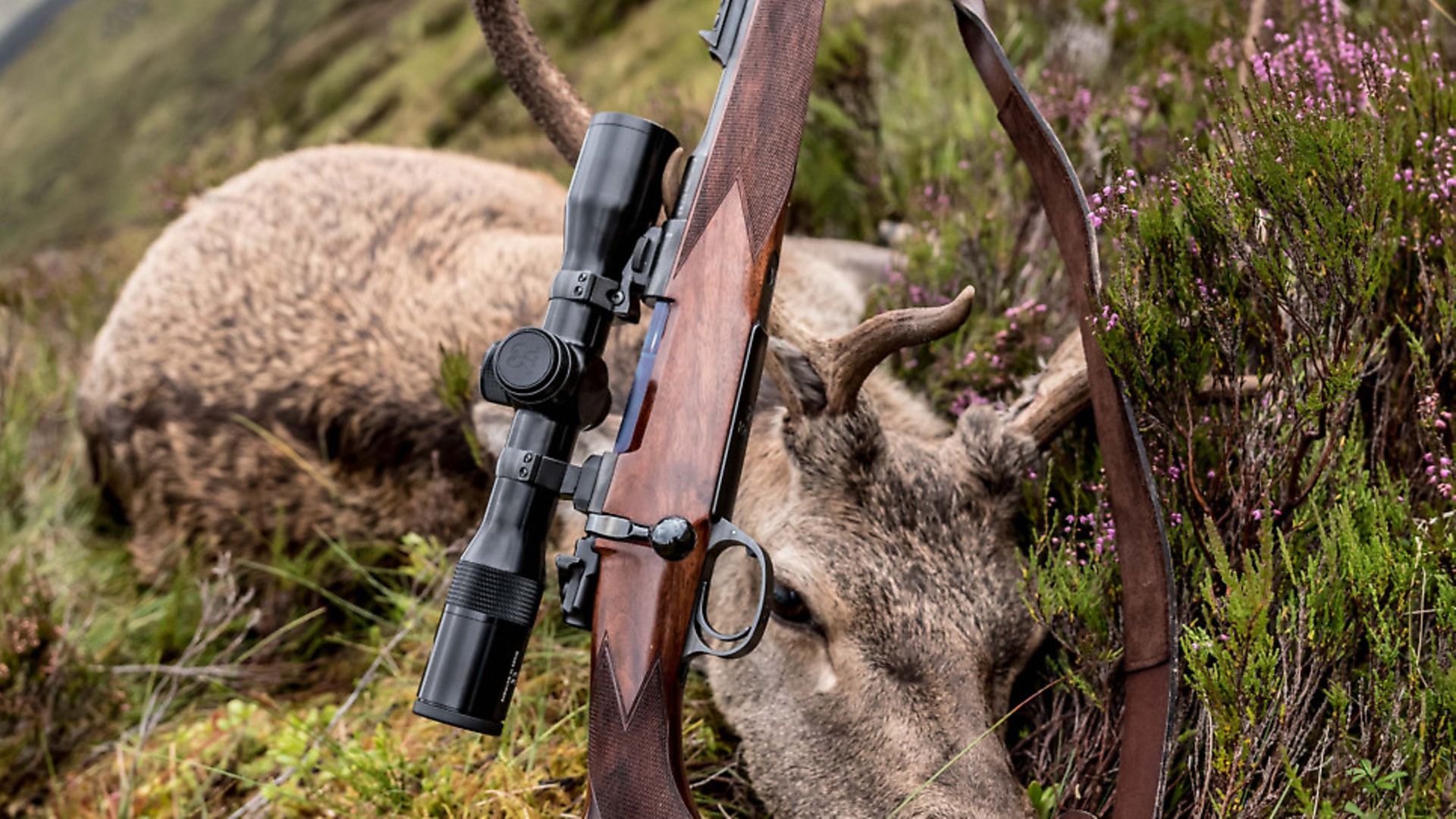If you want to start a vintage rifle collection from lucky predictions and cheap finds, Diggory Hadoke might be able to help you on your way
 credit: Archant
credit: Archant
My local auctioneers, Brightwell’s, have made something of a success of selling ‘modern classics’ in their car auctions. They even have sales dedicated to this particular type of car. Check over a catalogue and you will find a line-up of 1980s hotties, like the BMW 316, Ford XR2 and Peugeot 205GTI. Ford Escort Mexicos, Cortinas and Capris from the 70s are all making good money in today’s market.
It is all about nostalgia. The cliché is that the ‘boy that done good’ wants to buy the car his father lusted after but could never afford during the boy’s childhood. When I was a kid, it was all about Jaguar E-Type convertibles and MK2 saloons. Now, my generation is buying the cars listed earlier, in many cases reliving a youth spent tearing around the roads in the kind of hot hatch that modern regulations would make impossible to launch today.
What these cars have in common is that they went through a period of being unloved and over-looked, changing hands for a few hundred pounds and ending up in the scrap yard. Those that survive now command high prices and undergo expensive restorations. Oh to have a crystal ball and be able to predict what current runabout will be the next classic.
As for cars, so with rifles. I just got back from Gavin Gardiner’s auction in Bond Street. Among the lots, we watched a Rigby Mauser .350 made in 1927 sell for £9,500 plus commission. Another Rigby, a .470 double side-lock, also performed well. It made £22,000 plus fees despite having a worn, horsehair-stuffed pad for the cheek and a replacement fore-end wood that was not a perfect match.
 credit: Archant
credit: Archant
Rigby rifles are performing much better than they did just a few years ago. The reason is largely because of the return of the company to London and the high-profile revival of its fortunes. As the modern company prospers, so the old examples of classic Rigby inflate in value.
Can we look around at what might be cheap now yet has the potential to appeal to collectors in the future? We can, but prediction is a game that few of us play with much degree of fortune. Certainly, air rifles followed the classic car pattern – in the 1980s, people were collecting 1940s era service air rifles and the like.
Today, the air rifles of my youth are sought after by men in their 50s, hankering after the better models of their teenage years. The Feinwerkbau Sport and the Weihrauch HW35 always attract bidding when they appear at auction. However, there does not seem to be such a following for the .22 rifles of the era. The BSA Sportsman, the Voere, the Remington Fieldmaster and others are well-made, traditional rifles of various action type, but they can be bought for a few pounds at auction. In fact, I have often thought that a collection of .22 rifles would be a very cheap way to build an extensive and interesting, not to mention practical, inventory of firearms.
One area I can see starting to move up is the classic mini Martini action rifles of the first half of the 20th century. They were sold by the likes of BSA, Greener and Francotte in a range of qualities. They are lovely little things, often beautifully put together and they are both affordable and accurate.
Stalking rifles of the pre-war era are developing cachet on both sides of the Atlantic. Rigby Mausers lead the way, but the Mannlicher-Schönauer is rapidly gaining cult status. The 1906 Stuzen version is the one to have, but take-down models are also appreciating in value, especially those retailed and cased by prominent British firms. The large-calibre, later versions of the MS lag behind in price at present; the 1908 models are lovely and, in calibres like 8x57, are practical. Once you get past the 1950s, they lose some of their elegance. On the flip side, they are cheap but good quality.
Mauser versions of the Rigby Mauser, without the British name on the action, are a lot less expensive. They are always worth looking at as they offer an affordable way into the classic club without the need to write a large cheque.
Names that were once prominent among rifle aficionados are already falling from memory. However, what they left behind is a legacy of hand-built custom rifles, usually built on vintage actions. These were produced when people wanted something special and were looking for better accuracy than an out-of-the-box production rifle would deliver. Have a look for rifles by T.T. Proctor, especially those built on Mauser actions. Also, pay attention to the work of Roy Wharton and that of Paul Roberts (J. Roberts & Son). People paid a lot of money for these rifles a few years ago and they will, I’m sure, be appreciated again.
Auctions and gun shops both work when searching for the not-quite-classic rifle. I have Australian friends who seek out early BRNO bolt actions for use in custom riflemaking. They cost hardly anything here but make a premium there. This kind of thing often sits uncomfortably in the inventory of many gun shops and owners will often let them go cheaply to get them off the shelf. They will often have been taken in as part-exchanges and are not really wanted.
There are no real rules for predicting what you should buy now to appreciate later. What seems to happen is that a particular kind of rifle will look cheap and unwanted for no apparent reason. But everyone goes along with it, until the price drops to a point at which someone decides a trick is being missed. He starts buying them and promoting them, then it gets infectious and everyone gets in on the action.
So, keep your eyes open in the gun shop and if you see a rifle of obvious quality that has fallen out of favour with the general public, consider the reasons and compare what you get for your money.
You never know – you might just start the next trend.